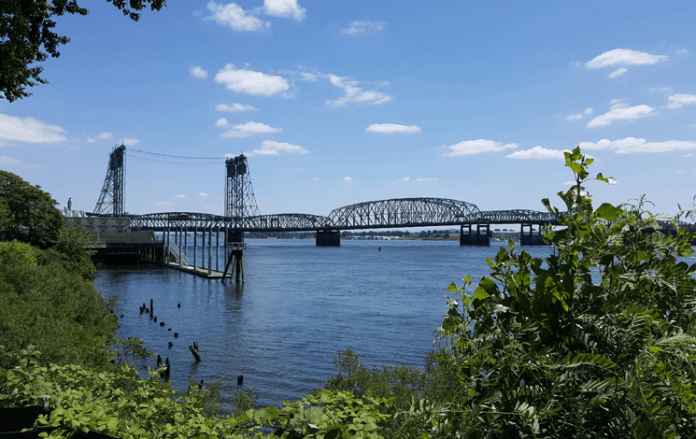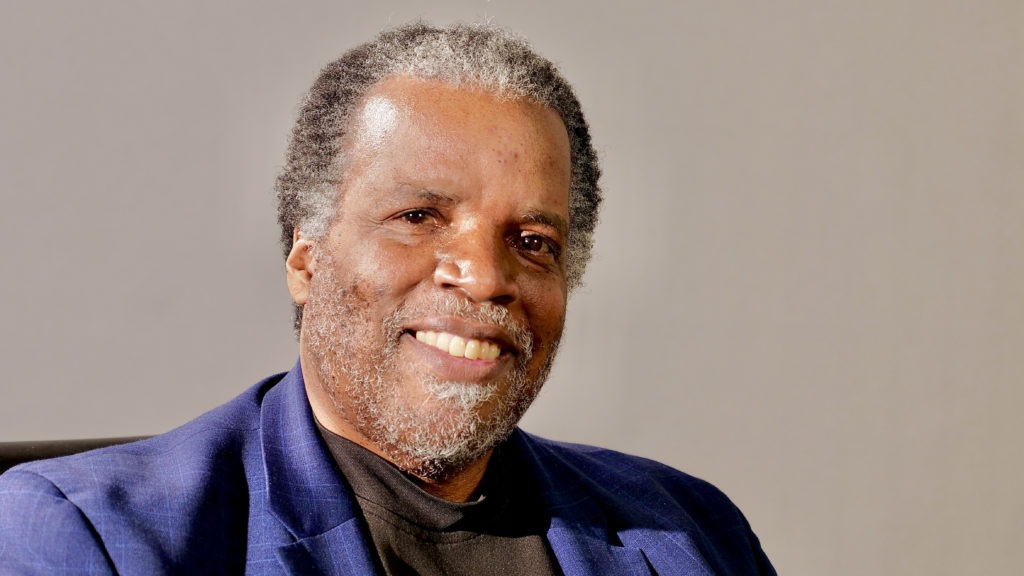As the only continuous interstate on the West Coast between Mexico and Canada, Interstate 5 is an internationally significant corridor with one of the worst freight bottlenecks in the nation. It is also the main connector of communities along its corridor, spanning the iconic Columbia River to connect the two vibrant cities of Vancouver and Portland and the many thriving urban, suburban and rural communities in the region.
Within our region’s communities, we all hold different values and priorities for the Interstate Bridge. Many of us rely on this bridge to get to where we are going, whether driving, biking, walking, taking transit or using a mobility device. That is why the governors of both states, legislators and local leaders on both sides of the Columbia River came together to commit to replacing the Interstate Bridge and launched the Interstate Bridge Replacement (IBR) program. As administrator of the program, I am proud to lead this charge.
While it is always tempting to focus on what divides us, the real story is how we are coming together to work on solutions. One thing on which we can all agree is that the two structures that comprise the Interstate Bridge no longer satisfy the needs of modern commerce and travel. The northbound span opened in 1917 and the southbound span in 1958, and while both were cutting edge for their time, they are now functionally obsolete.
The Interstate Bridge has historically been a topic of great interest and discussion. People are passionate about the Interstate Bridge replacement: design options, how it will be funded, how much congestion relief will be provided, what type of transit will be included, and how the new bridge will consider the historical and future impacts to nearby neighborhoods.
This is where the region’s communities come in. Ongoing, extensive and inclusive public dialogue are critical to developing a bridge solution that best serves the complex needs of communities in Washington and Oregon. To facilitate this dialogue, the program formed three key groups to provide feedback and recommendations: Executive Steering Group, Community Advisory Group and Equity Advisory Group. All three of these groups have equal representation from both sides of the Columbia River, and as demonstrated from comparisons with other outreach efforts, are doing a great job representing the community.
Complementing the ongoing public meetings of our advisory groups, the IBR program initiated extensive community outreach from February to mid-March. The focus was on attaining input on community members’ experiences with transportation problems associated with the Interstate Bridge, and their values and priorities for a bridge replacement solution. This included a two-week online open house, four live community briefings, presentations to community-based organizations, multicultural outreach in eight languages, four listening sessions with communities of concern and youth, and a community input survey. The program also provided — and continues to provide — information and updates through phone and email conversations, the e-newsletter, social media and the website. During this targeted engagement, more than 9,000 people participated in the online community survey, providing more than 14,000 comments.
If there is one thing we learned, it is that people are interested in talking about solutions. This alone validates our ongoing collaboration with partners and emphasis on community input to inform design options for a replacement bridge solution. We also heard widespread agreement that the six previously identified transportation problems still exist: seismic vulnerability, limited public transportation, impaired freight movement, inadequate bicycle and pedestrian facilities, safety concerns with existing roadway design, and growing travel demand and congestion. Additional priorities identified by the community include climate and environmental concerns, and a commitment to equity.
The level of engagement we have already received from our region’s communities is truly outstanding compared to what you would typically expect to see on a transportation project. This demonstrates how much of a priority this critical infrastructure improvement is for our region. The strong awareness at the regional, state and federal levels of the need to make significant improvements within the program area positions us well for national recognition when competing for future federal funding opportunities.
We are incredibly appreciative of every community member who has taken the time to engage with the program and want the community to know that we are listening. A community engagement report summarizing what we heard from our communities during our recent targeted engagement can be found at www.interstatebridge.org.
Many avenues to provide input are still available as work continues to ensure the program identifies a solution that best serves the complex needs of communities in Washington and Oregon. We are tremendously hopeful that all who are interested will seize the opportunity to be a part of the input and advisory process and have their voices be heard.
An immediate opportunity to provide input is on Thursday, April 22 from 5:30-7 p.m., when the program will host a Multimodal Commuter Listening Session. Anyone who drives, walks, rolls or takes transit across the Interstate Bridge for commuting purposes is urged to participate. Advance registration is required: ibr.news/multimodal or call 360-859-0494.
The process for replacing the Interstate Bridge is accessible to all. Communities on both sides of the river have the opportunity, right now, to engage in an open public process focused on identifying a bridge replacement solution that best serves our region.
Community members are invited to provide public input on the Interstate Bridge Replacement program in the following ways:
- Email comments to info@interstatebridge.org
- Call 360-859-0494 (Washington); 503-897-9218 (Oregon); 888-503-6735 (toll-free)
- Submit comments online through the Contact Us link on the program website
For more information, visit www.interstatebridge.org.










